Adventure Scientists: MVP Launch
Posted July 9, 2022 ‐ 5 min read
Enabling field biology at scale

Adventure Scientists is a Montana-based nonprofit that gets scientists data from the physical world by leveraging a network of volunteers who spend time outdoors. Adventurers collect samples of river water, measure trees, place trail cams, and make meaningful contributions to field biology while enjoying time in the great outdoors. In the last few years they’ve tackled enormous projects - as just one example, they coordinated thousands of volunteers and samples into one of the world’s largest microplastics datasets. Their work creates a virtuous cycle in the natural world between the professionals who study it, the folks who love it, and its protection.
Potential for scale
When we first started talking to Gregg Treinish, their executive director, I was surprised to learn that the organization struggled to work with the majority of scientists that approached them, because most were working on projects that were too small for Adventure Scientists’ model to be cost effective. The organization’s ability to coordinate projects was constrained by their staffing, so they had to structure their energies toward coordinating large projects with the largest environmental impact. They were unable to serve a volume of scientific need in smaller scale projects.
That’s where Gregg’s vision of a platform came from: he wanted to create a way for researchers to connect to adventurers that would be largely self-service, enabling Adventure Scientists to serve hundreds of scientists, working at all project sizes and scopes. Adventure Scientists had an idea of how to scale their impact using technology. They turned to us to help them make it happen.
Idea to Design
We started off by collaborating on a set of “Product Requirements”, a formal specification of what Adventure Scientists’ ideal platform would look like. What started as a one line summary took on more and more detail. Our team asked probing questions to help build up the data model and move the idea closer and closer toward a technical design. How would adventurers find projects? What happens when a scientist accepts an application? How do you want to handle spam? After several iterations of close collaboration, we had written (and Adventure Scientists had thoroughly reviewed) a formal specification: a forty-nine page document that contained a clear path to making the platform a reality.
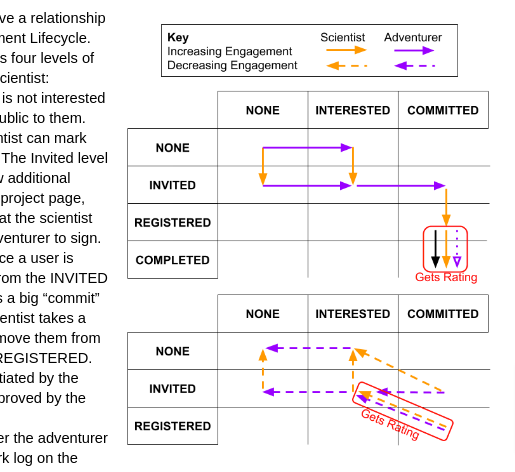
Building
Phase 1: Mocks - January 2022
Our first phase was creating a set of “Mocks”, a set of interactive screenshots that demonstrated what we planned to build. This gave everyone the ability to reason in visual terms about what the project would look and feel like to use. This phase unlocked some core insights about what Adventure Scientists wanted out of the platform, and how we should structure information to its users. Because the engineers working on this platform were primarily backend engineers, Silicon Ally contracted with a UX designer to give suggestions and feedback, a process which enabled the mocks to look and feel much more real. These mocks were delivered at the end of January 2022. Feedback from Adventure Scientists (and the UX designer) allowed us to make several critical early changes to the data model and the site design.
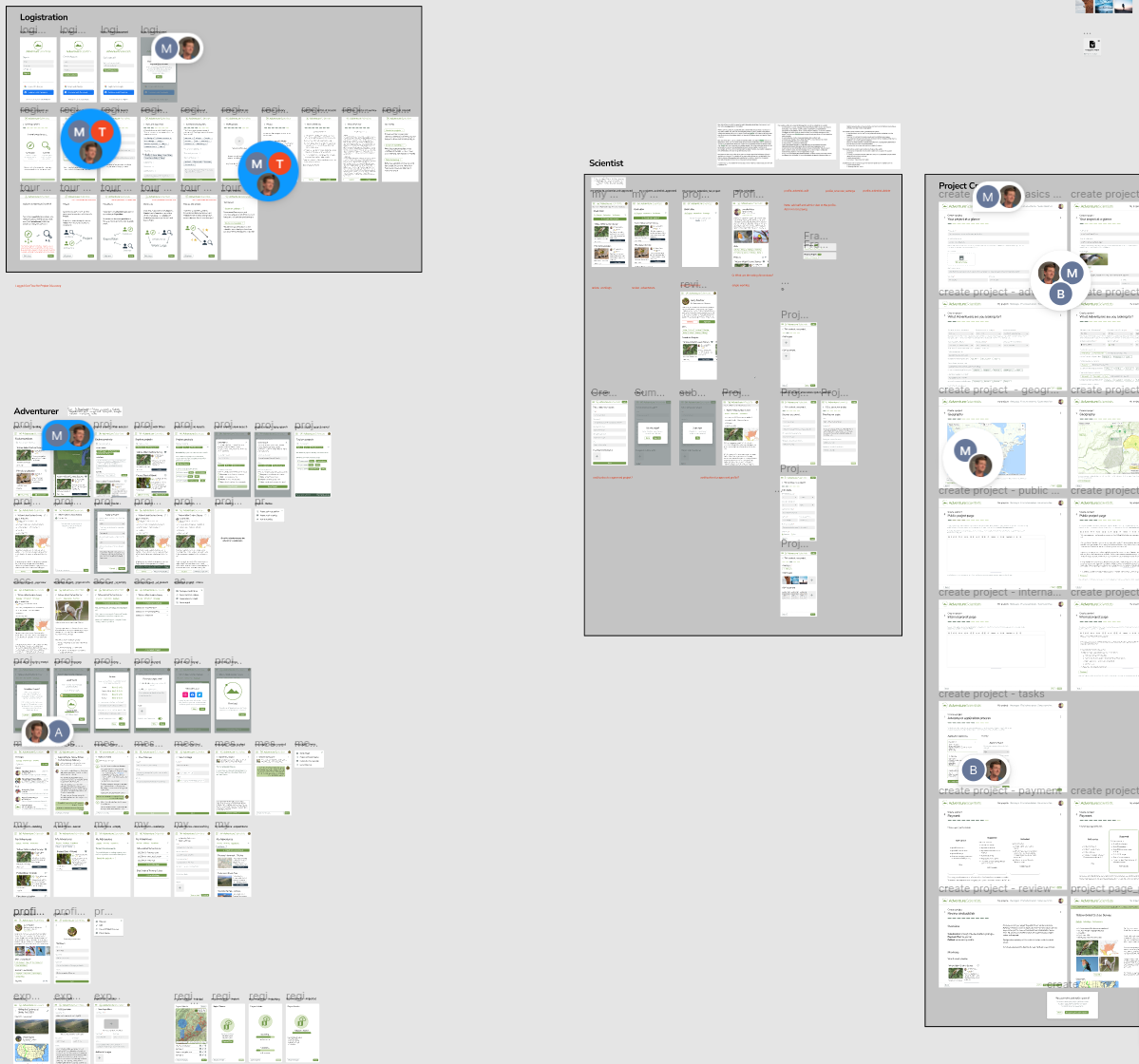
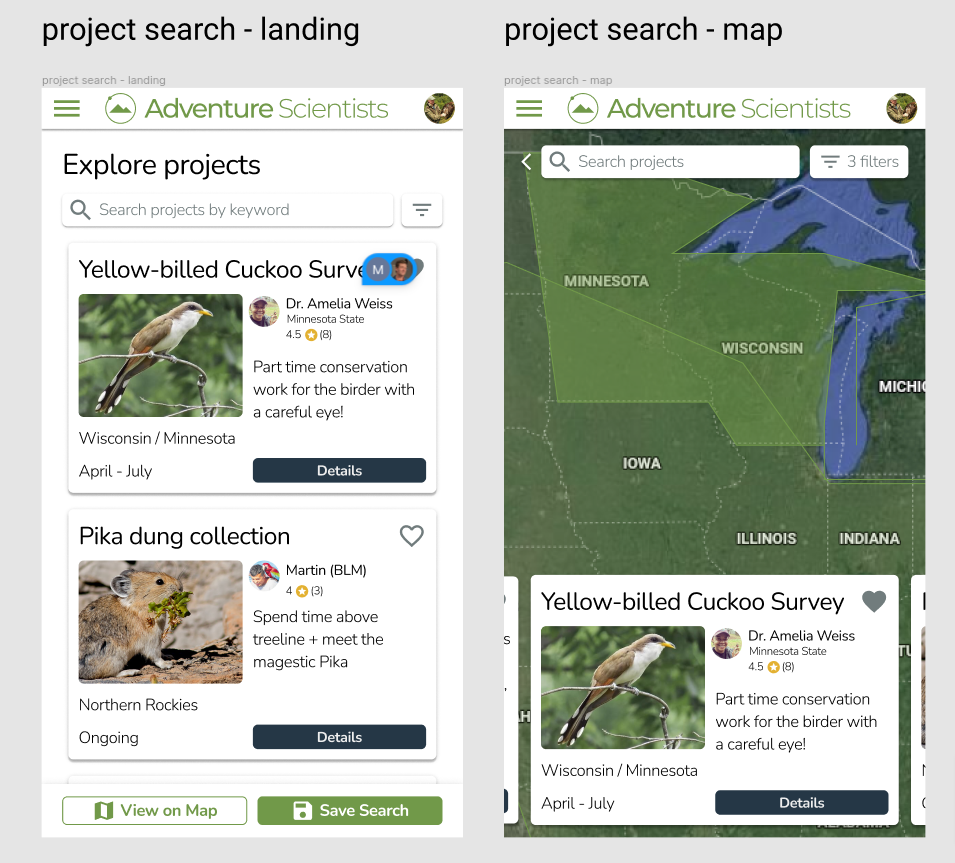
Phase 2: De-Risking - February + March 2022
Our second phase was to ferret out areas of uncertainty and risk prior to building the core platform. This meant choosing the set of technologies and approaches that we would use to solve core pieces of the platform’s needs, like payments, async tasks, mapping, and implementing basic use cases to validate that those technologies could be used in the way they would be needed on the platform. This is a critical phase in a software project because understanding the contours of the constraints of your dependent technologies allows you to build your system to work with those constraints, rather than having constant friction with them. For example, the way we ended up implementing our mapping system was heavily influenced by the API and data structures we ended up choosing to represent geospatial data.
Phase 3: MVP - April - June 2022
In our third phase, we built out the core features of the platform - creating and searching for projects and expeditions, messages, email notifications, and other core elements of the site that made the site usable for end-user use. The result is the MVP (“Minimal Viable Product”): the smallest set of functionality that meets the Adventure Scientists’ use case. The MVP was delivered at the end of June 2022, and as of this writing, Adventure Scientists is starting to use it in their operations.
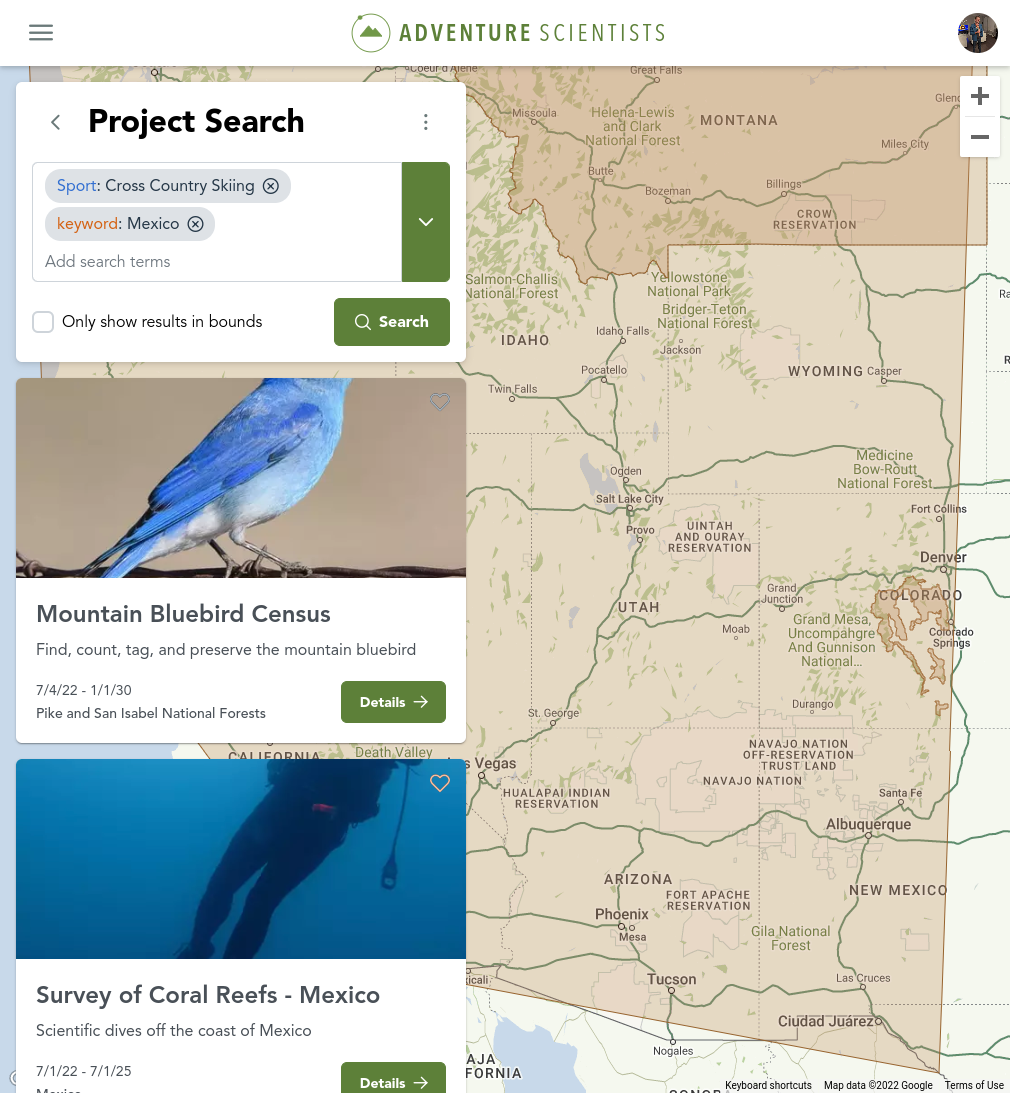
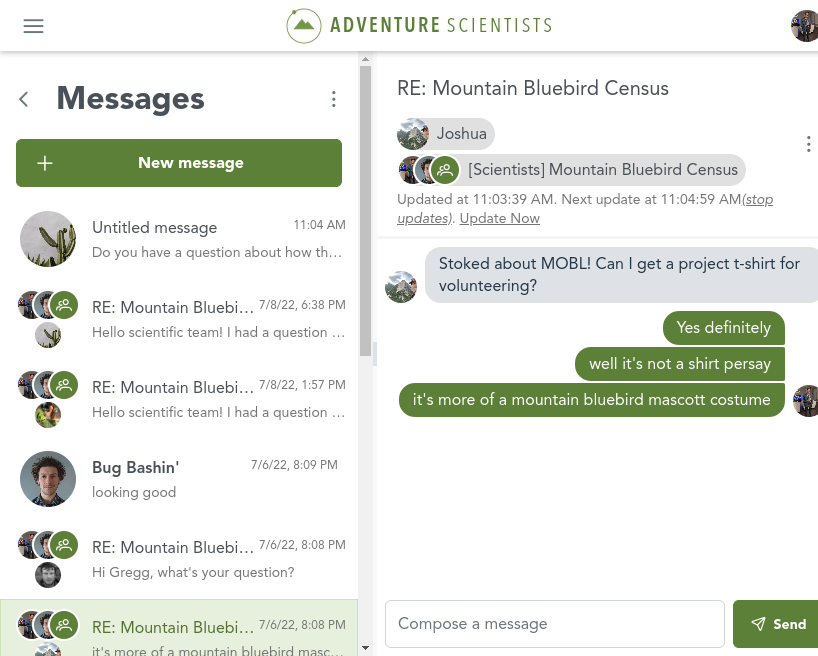
Where we’re headed
This project isn’t over yet! As of writing this (end of June 2022), we’re on target for a public launch of the platform in late 2022 or early 2023. Adventure Scientists is starting to use the MVP in their internal operations, and has been getting feedback from real world users on what could be better.
Across the board, the Adventure Scientists team has been delightful to work with. Their vision of symbiosis between research, conservation, and adventure is one that inspires us to build and deliver the best product we can, and we’re confident in the technology we’re building to meet their needs.
Further Reading
Check out what it has been like for Adventure Scientsts to work with us, in their testimonial.
Stay informed on this project by signing up for Adventure Scientists’ newsletter, and our own.
Since Adventure Scientists was our first major client, this project has been the foundation on which we’re building our organization. A future blog post will detail the technical choices we made in this project.
After consultation with Adventure Scientists, we open-sourced a set of the tooling that we’ve used to implement the project thus far, establishing a set of common tools we are confident we (and hopefully others) will use to reduce implementation cost in the future. You can see those projects here.
Have an idea for how technology can scale up your organization’s impact? We’re currently taking on new clients, and would love to see if we can help.